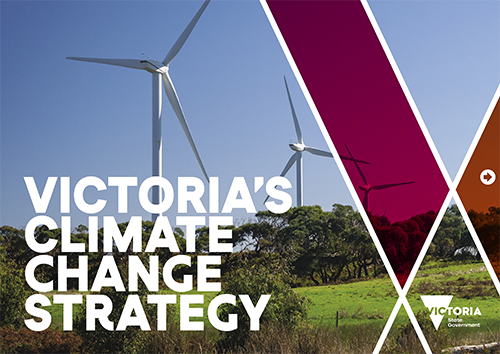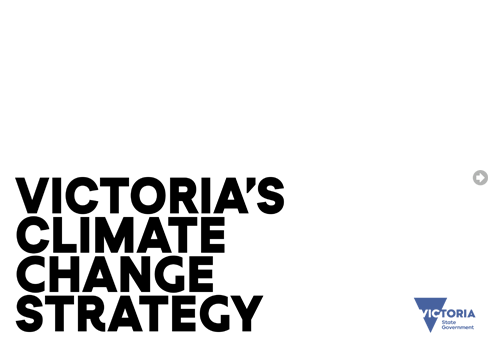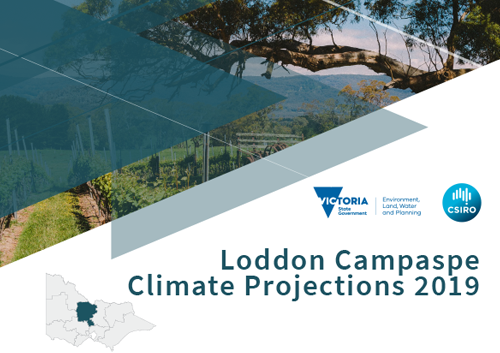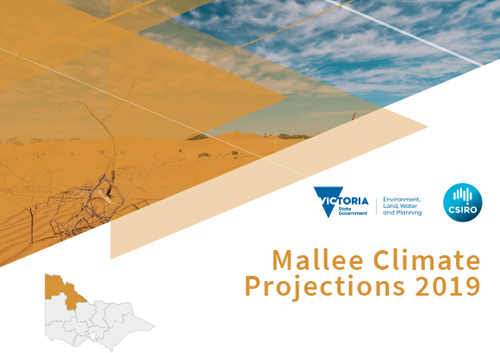


Climate Ready Victoria
Victoria’s climate is changing, and its impacts are already being experienced across our State. It is vital that everyone, from individuals to governments, prepare by taking action to reduce the potential impacts of climate change.
The Victorian Government has been leading transformational adaptation reform through the States’ Climate Change Act 2017 (the Act) and Victoria’s Climate Change Strategy. The Act requires the preparation of Adaptation Action Plans for the seven systems every five years until 2050 to ensure Victoria is resilient as the climate continues to change. These ‘systems’ are Primary Production, Built Environment, Education and Training, Health and Human Services, Transport, Natural Environment, and the Water Cycle.
A big challenge remains with what does this transformation look like for all the unique communities across Victoria. No one community shares the same physical, historical, cultural, social and environmental characteristics, which can support or hinder a community from adapting effectively.
To address these barriers, the Victoria Government has funded the development of six regional climate change adaptation plans. The five-year plans take a place-based approach that aims to strengthen capacity in local communities and empower them to work together in response to local challenges that cannot be address at a State-wide level. The plans seek to provide a lens to look at systemic and cross-sectoral issues, foster collaboration and drive locally led solutions by utilising unique strengths of different communities. Funding has been provided to support the initial implementation of the plan.
Future Climate Risks
The Victorian Government has partnered with CSIRO to help communities prepare for climate change by producing local-scale climate projections data.
This information helps us explore what climate change means locally.
By the 2050s, Loddon Campaspe can expect the following
Average maximum temperature increase up to 3.0°C
Twice as many days >38°C
Annual rainfall to decrease by as much as 20mm
Extreme rainfall and flooding expected to be more intense
Longer fire seasons and 62% more very high fire danger days
Bendigo’s climate could be more like Shepparton’s
By the 2050s, the Mallee can expect the following
Average maximum temperature increase up to 2.8°C
Twice as many days >40°C
Annual rainfall to decrease by as much as 19mm
Extreme rainfall and flooding expected to be more intense
Longer fire seasons and 50% more very high fire danger days
Mildura’s climate could be more like Menindee, NSW
Download regional projections:
For more information visit: https://www.climatechange.vic.gov.au/adapting-to-climate-change-impacts/victorian-climate-projections-2019
We acknowledge and respect Victorian Traditional Owners as the original custodians of Victoria’s land and waters, their unique ability to care for Country and deep spiritual connection to it. We honour Elders past and present whose knowledge and wisdom has ensured the continuation of culture and traditional practices. We are committed to enabling self-determination for all Aboriginal people and aim to work closely with the Aboriginal community to drive action and improve outcomes especially in the context of a changing climate.




